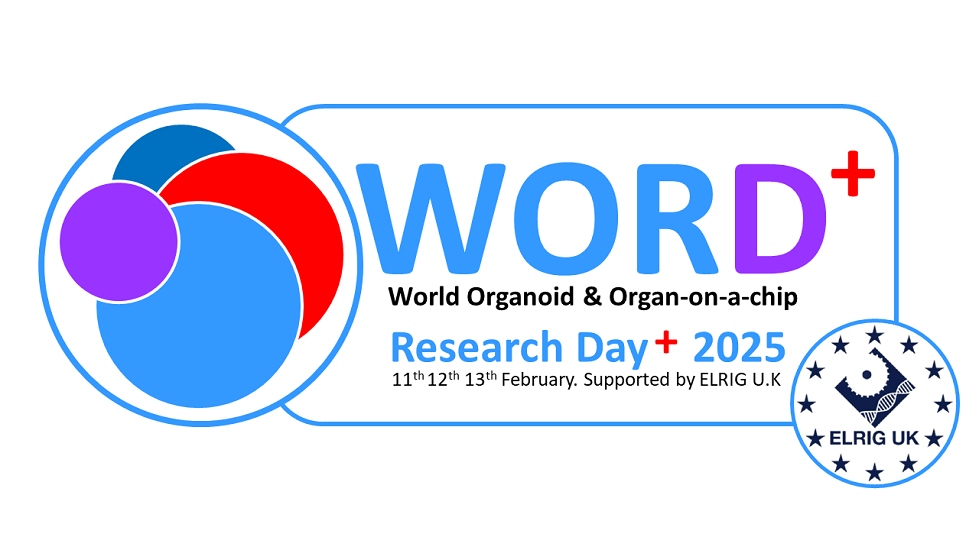Authors
H Castiglione1; J Rontard2; L Madrange3; C Baquerre2; T Honegger2; F Yates3; PA Vigneron3;
1 NETRI / SupBiotech-CEA, France; 2 NETRI, France; 3 SupBiotech-CEA, France
Overview
• Cerebral organoids: 3D cellular models of human developing brain
• A major limit: lack of reproducibility and scalability, hampering their adoption for preclinical studies
• NETRI microfluidic devices: compatible with industrial formats and readouts
• Development of a Brain Organoid-on-Chip: combination of cerebral organoids with a NETRI microfluidic device, to improve organoid robustness and industrial transferability
• Optimization of on-chip culture protocol, with improved reproducibility
Introduction
Cerebral organoids have appeared as relevant in vitro 3D models of human cerebral development. Nonetheless, their implementation for large-scale preclinical applications requires reproducibility and scalability, which they are currently lacking (Castiglione et al., 2022). To address this challenge, we combine cerebral organoids with a microfluidic system, referred to as Brain Organoid-on-Chip, which enables us to improve organoid reproducibility and thus to facilitate industrial transferability.
Methods
Here we present the optimization of culture conditions for cortical organoids (protocol adapted from Xiang et al., 2019) in the device, which includes two compartments separated by a porous membrane: a culture chamber and a perfusion channel. We assayed several on-chip conditions, based on different organoid introduction timepoints and medium renewal methods. We compared on-chip organoids with controls, in terms of morphology, growth, cytoarchitectures, and transcripts levels of expression.
Results
Cerebral organoids cultured on-chip exhibited expected characteristics, including morphology, cell type diversity, cytoarchitectures, and RNA expression levels after 60 days of culture. Compared to conventional culture conditions, this microfluidic system tends to improve organoid reproducibility in terms of size, growth evolution, and structural organization. Ultimately, several combinations of introduction timepoints and medium renewal methods have been validated.
Conclusion
Our proposed Brain Organoid-on-Chip platform enables culture of cerebral organoids, displaying expected morphologies, structures, transcripts levels of expression, and viability markers at 60 days of culture. The microfluidic environment tends to improve organoid reproducibility, therefore meeting preclinical application requirements. This system also paves the way for complexification with blood-brain barrier modelling, and ultimately for multi-organoids-on-chip platforms development.

